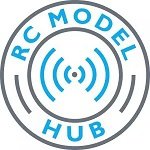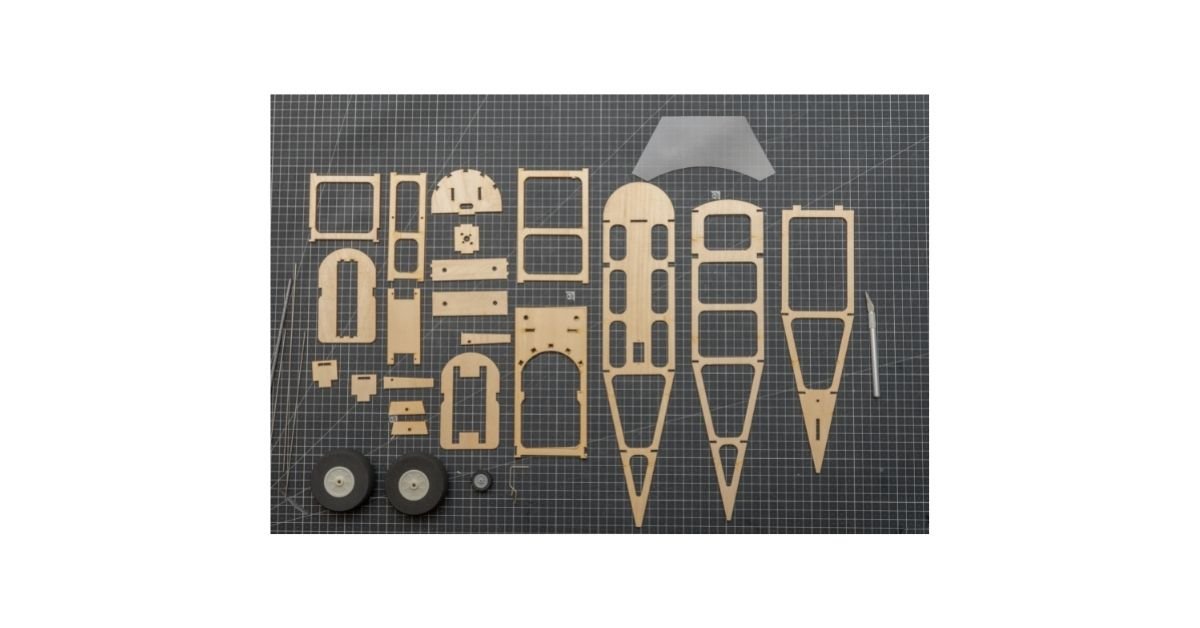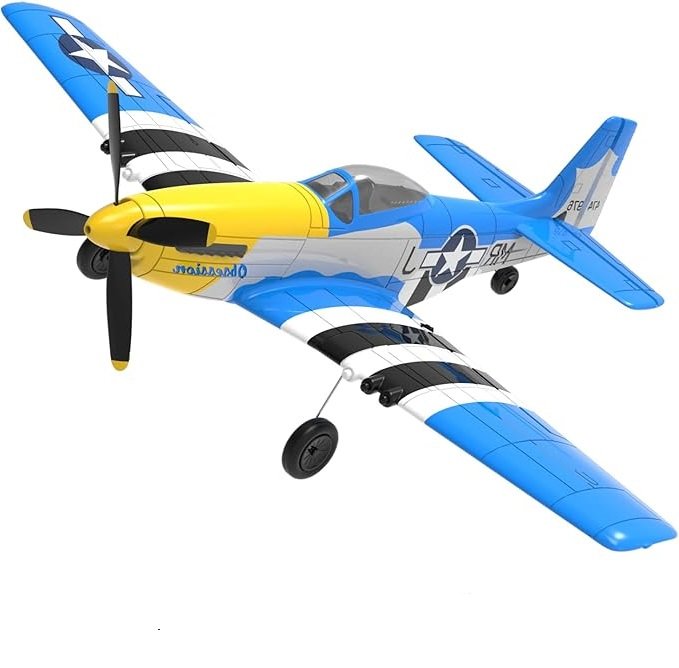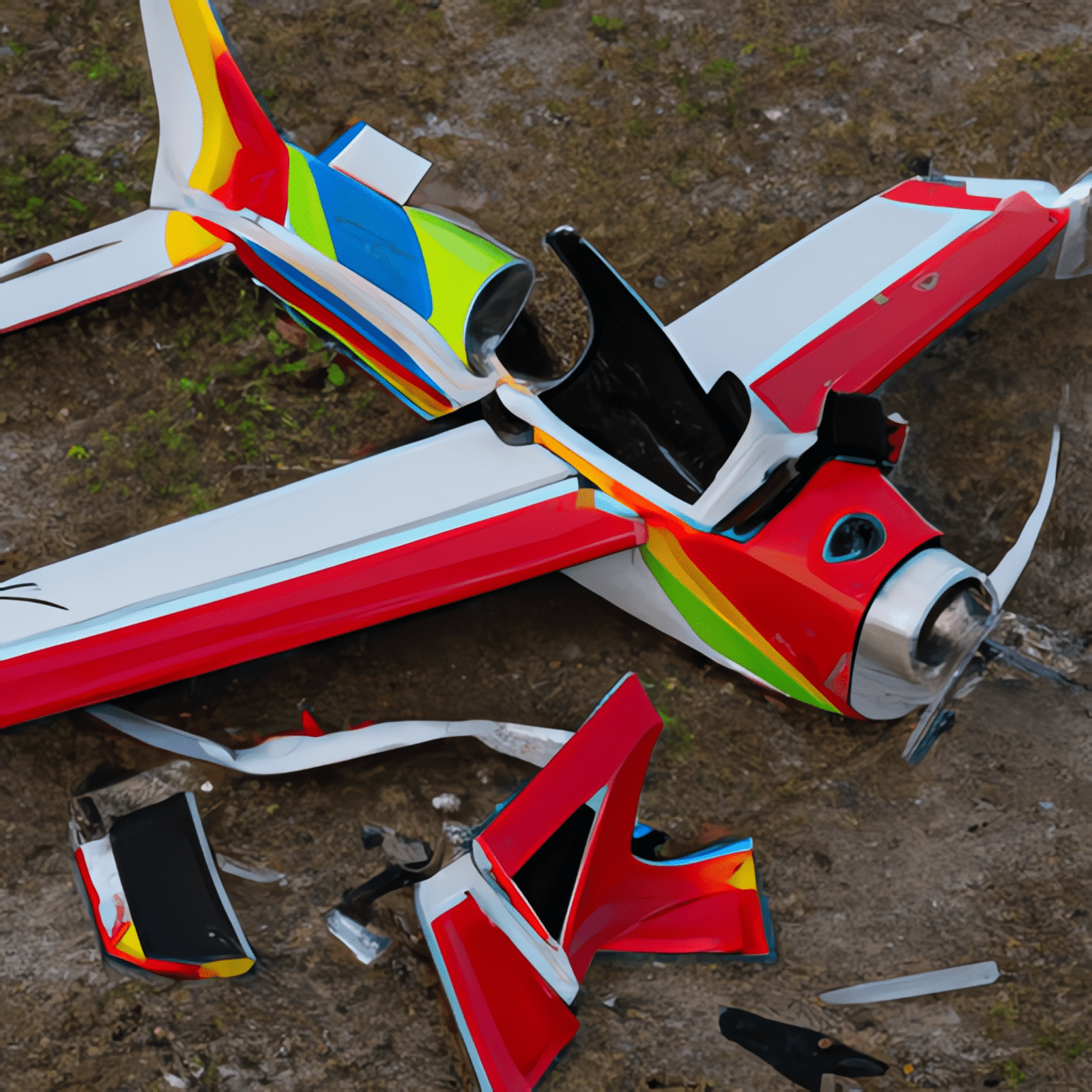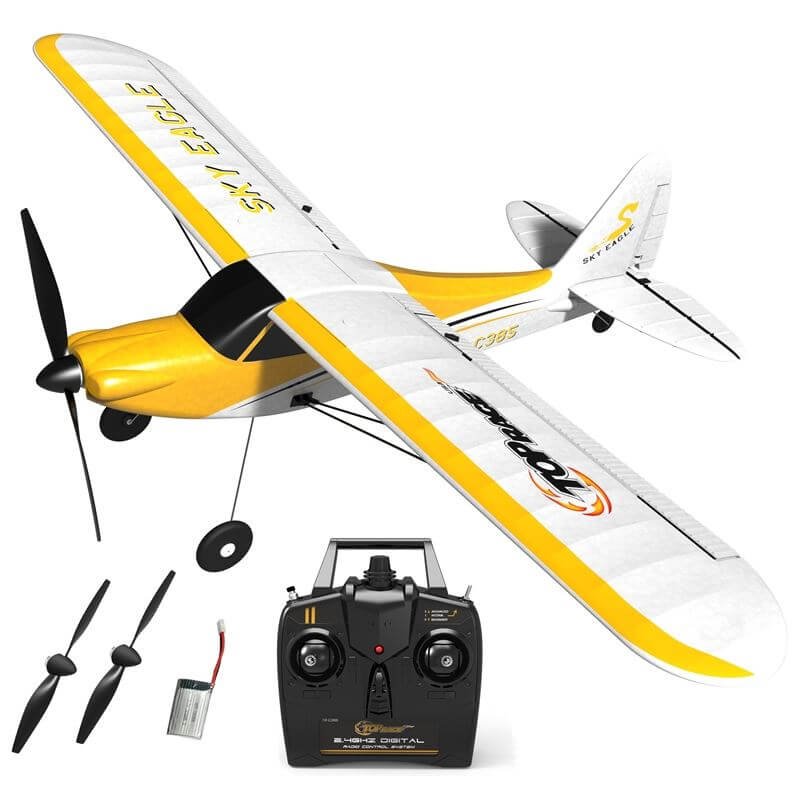Any links on this page that lead to products on Amazon, the Ebay Partner Network (EPN) and other companies may be affiliate links and we earn a commission if you make a qualifying purchase. Thanks in advance for your support!
Remote control airplanes have been around since the 1920s, and during that time they have been made from a wide variety of materials. As technological developments in material science have progressed, more modern materials have meant stronger and lighter rc planes; but what are rc planes made of?
Traditionally, RC Planes are made of Balsa wood, plywood, cotton, and silk, but more recently plastics, polyester, fiberglass, carbon fiber, and foam are used. You can even build a powered, controllable rc plane with a sheet of paper.
Traditional Materials For Building RC Planes
It’s useful to know and understand the traditional type of RC plane building materials used to appreciate better how they have evolved into the modern types in use today, which addressed the limitations of the conventional types. In addition, if you want to build vintage-style model planes, keeping true to form to the original materials used would make your replica RC vintage planes look more like the originals.
Balsa wood has been the model airplane building standard material for airframes since the 1920s, as it combines both strength and lightness — necessary criteria for successful flights. Balsa wood is soft, lightweight, buoyant, and versatile, so it’s also used for boats and surfboards, furniture, table tennis rackets, model bridges, fishing, and musical string instruments (also because of its acoustic properties).
It can be easily cut with a good hobby knife or razor saw, so there is no need for power tools. However, it is also expensive, flammable, and vulnerable to water. (When used as a core material in boats and surfboards for its strength and flexibility, it is buttressed between layers of fiberglass.).
The 1.2M Piper Cub J3 by DW Hobby is a great example of a laser-cut balsa wood kit plane which would offer lots of pleasure, not only in the flying, but the building as well. Click here for more detail.
Plywood is made from thin layers of wood veneer glued together. There is model-grade light plywood also known as Lite-Ply, LaserPlay, and Aeroply, popular for its being lightweight yet strong and economical. There is aircraft plywood which is a high-strength, aviation-grade type of plywood made from mahogany or birch and uses higher-resistant adhesives against heat and humidity. However, plywood’s layered property makes it highly porous and susceptible to water damage, and it becomes heavy when wet. Plywood is usually used for fuselage formers, fuel tank boxes, and wing ribs.
Fabric coverings are used to cover the structure of an RC plane and prepare it for waterproofing and painting. Conventionally, lightweight organic fabrics like cotton, linen, and even silk were used to cover planes, but, they tended to sag over time, and they were also extremely flammable and lacked durability.
Over time, improvements were developed, coating the original fabrics with oils, varnishes, and dope additives like cellulose nitrate and cellulose acetate butyrate. Eventually, synthetic fibers like polyester — which overcame the limitations of organic fiber– were developed and subsequently used as a standard in the entire aviation industry itself.
In RC plane building, Aerokote is a popular polyester covering material brand as it is specifically designed for model airplanes and it is easy to apply as it is simply ironed on. Silkspan and Japanese tissue have been and continue to be used today for fabric covering. For vintage RC plane models like the Comet Aeronca Chief, silkspan is used. here’s a video explaining the use of silkspan in covering an rc model:
Modern Materials For Building RC Planes
The advent of more modern materials in the latter part of the 20th century generated a sea change in radio control model making. As a result, improvements in the RC planes’ weight, cost, performance, and capabilities of their motors, batteries, and electronics gave rise to a wide variety of styles and models available in the industry.
Plastics, or polycarbonate resin thermoplastics, have extremely lightweight corrugated sheet structures which are waterproof, shockproof, and corrosion-resistant. Also known as sun boards or flute boards, popular brands are Lexan and Coroplast.
Looking for the best beginner RC plane? Have a look at these.
Plastics mainly make up the SPAD (Simple Plastic Airplane Design) models which are popular for their ease of building, durability, and lower prices compared to the balsa models. Plastic models withstand crashes better than balsa models, so plastics are a good choice for beginners using trainer planes and gliders.
Today, there is LW-PLA (lightweight – polylactic acid) 3D-printed filament for lightweight, low-density printed parts. Launched in 2019 and popularized by the Eclipson Airplanes, LW-PLA is a form of plastic derived from biomass. LW-PLA can be ordered from 3D printing companies like ColorFabb which has a dedicated website section for RC planes enthusiasts.
Fiberglass is used to strengthen aircraft models. Basically, the surface to be fiberglassed is painted with resin (epoxy or polyester). Then, the fiberglass cloth is laid on the plane surface and squeegeed down to remove the excess resin. It is best to use a light cloth and the least amount of resin to get the fiberglass cloth saturated, clear, and well-stuck to the surface.
Carbon fiber is considered the best material for RC planes among enthusiasts, although it is expensive. Also called graphite fiber, carbon fiber is a lightweight polymer that is five times stronger and twice stiffer than steel, and can be used for building the entire plane or just specific parts like the wings and fuselage.
Both fiberglass and carbon fiber are composite materials but carbon fiber is stronger, although fiberglass is more flexible.
Expanding foams are very durable and easily repairable. This is why they have become very popular among electric foam RC airplanes enthusiasts or “foamies”. The principal foams used in building rc planes are Expanded Polystyrene (EPS), Expanded Polypropylene (EPP), Depron and Expanded Polyolefin (EPO), the latter, EPO, being the most commonly used.
EPO foams are denser but more lightweight and have a glossier surface finish than even perfectly molded EPP and EPS foams. They are also more compatible with a variety of glues and paints.
EPP foams flex with the plane and make the hinges last longer. They also hold up better in daily wear and combat conditions.
EPS has a closed-cell structure and makes it easier to waterproof and paint than other plastics and foams.
Depron is more often used in the construction of indoor RC planes like the “shockies” (shock flyer types). By itself, Depron is strong, but it is advised that it be used with balsa or carbon spars to optimize the strength.
Paper or boxboard are rarely considered when building RC planes since the main considerations for choosing materials are strength (or strength-to-weight ratios) to take big banding loads and stiffness to take aerodynamic force, which paper doesn’t have.
However, paper or boxboards can and are often used for simple planes of about 15 to 20 centimeters, although larger ones like the Cardboard Condor have been made. A popular paper rc plane is the Powerup 4; you can check out the details here (US) (UK).

Wood veneers are paper-thin cuts of wood pressed or laminated into thicker core materials like plywood. They are usually used by RC plane enthusiasts for building vintage models like World War II-type biplanes, or simply because they are easier to use than joining planks of balsa sheets Popular wood veneers used are obeche and ash.
How to Build an RC Plane from Scratch
For new hobbyists, building an RC plane might sound daunting, but it is actually quite simple with proper planning and careful execution. Basically, all you need are the essential components of a plane: the body (fuselage), wings, rudder (or ailerons/elevator), wheels, electric motor, and radio transmitter.
You begin with lay-outing the plane to make sure that all parts you will need can be attained and that they all fit together. This is the part where your knowledge now of these RC plane building materials will come in handy as you decide which materials to use. The next steps basically involve fitting and assembling all the materials and testing your plane out.
Here’s a really simple DIY project using cheap materials you could start off with:
When building your RC plane from scratch, also consider these factors:
What are your aims for this hobby? Do you want to experiment with building just one plane and see how it goes, so you want to build fast and see if you can make your plane fly well? Or, do you see yourself doing this for the rest of your life so you want to take your sweet time and grow in the craft?
Do you have your own workspace for this hobby? You wouldn’t want it mixed with Mom’s dining table and all the rest of the family’s activities and stuff (nor would Mom like it!). During assembly, your project will need time for the glue to set, too, and you can’t move it around if someone else needs to use the table you’ve been using for your plane project.
How much time and budget do you have for this hobby? These factors will surely go into your choosing your materials. If you are just beginning, choosing less expensive materials and lower-end parts and electronics would be best. If you are already on your second or third project, you might want to invest more in the hobby to take your planes higher, literally and figuratively. If you have less patience, plastic and foam projects would be best to start with. If you have or want to grow in more patience, as well as skill and artfulness, you might go for a balsa project.
In the end, it’s your fun flight to savor. Enjoy building and flying!
